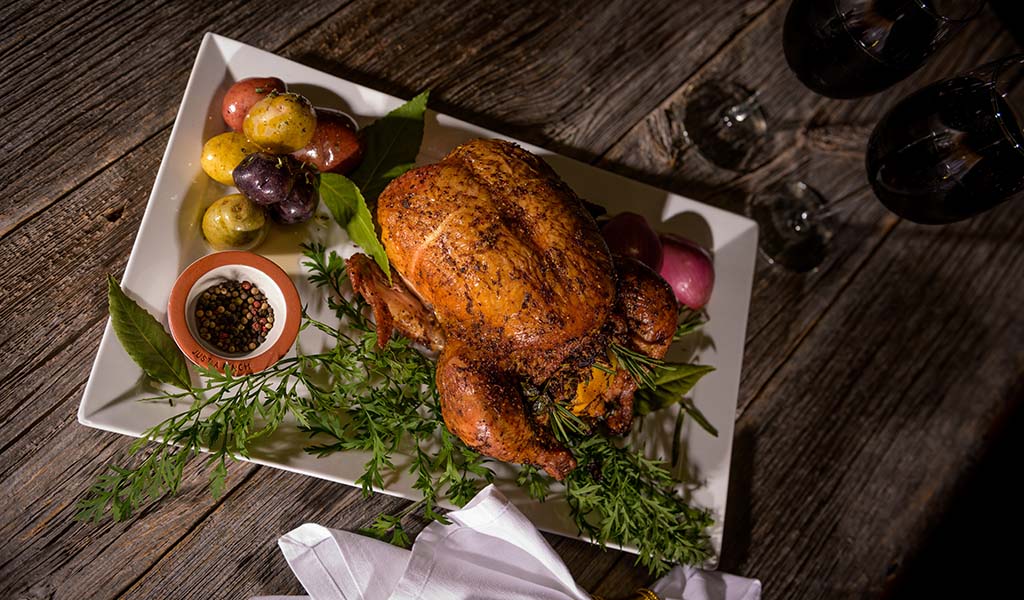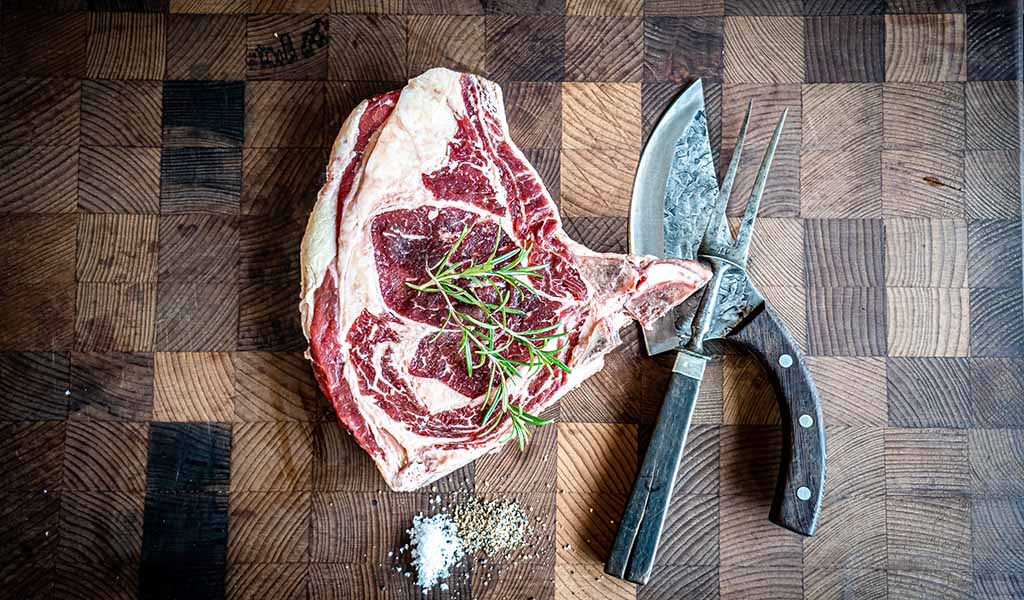
There are numerous cuts of meat to choose from, and they can vary widely in price. With beef alone, you have over 70 different retail cuts to choose from, and they all have their best uses based on tenderness and taste. Pork and chicken also offer a selection of cuts that you may or may not be as familiar with. We’re saying that there are many choices, and it can be hard to know what’s worth the money.
That’s why we thought we’d break down some options and how best to prepare them. Whether it’s beef, pork or chicken, take a look below to learn about the different parts of each animal and the cuts of meat each piece produces.
Beef
First, let’s explore the different cuts of beef. There are eight sections, called the primal cuts, and they are broken down into dozens of retail cuts. The chuck, rib, loin and round make up the cuts along the top portion of the cow, while the brisket, shank, short plate and flank run along the bottom. Typically the most tender (and most expensive) cuts come from the loin and ribs, but any cut can be made juicy and tender if cooked the right way. However, the rule of thumb is the best selection comes furthest from the horns and hooves. This is because the muscles in the legs and neck are frequently used, making the meat from these areas naturally tougher.
Cuts from the chest, legs and rump need to be cooked slowly over long periods – like a classic beef brisket – to help break down the connective tissue and make the meat less tough. In contrast, cuts like sirloin or rib eye steaks – which come from the loin and ribs, respectively – are already very tender and are ideal for cooking hot and fast.
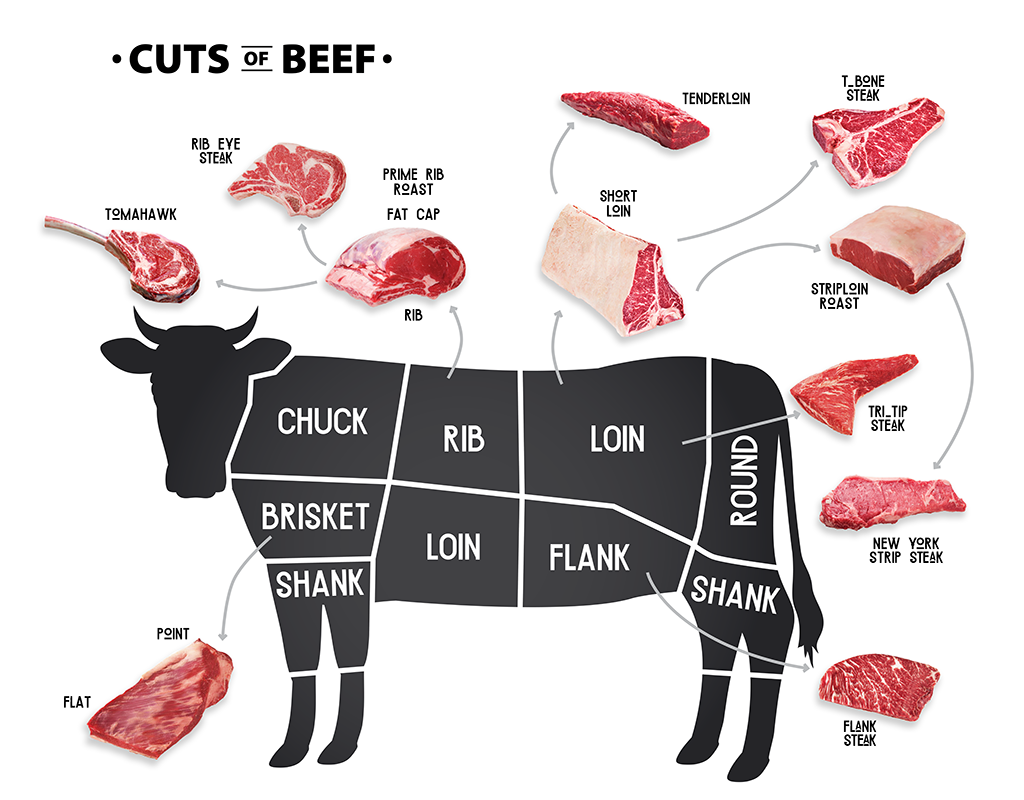
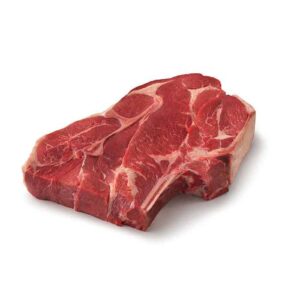
Chuck
With the exception of ground chuck for burgers, most cuts from this portion are not suited for traditional grilling as they are tough. This cut is better suited for indirect grilling or smoking for long periods.
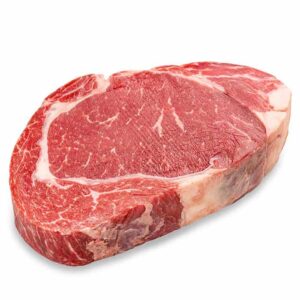
Rib
This section is where we get ribeye steaks. Ribeyes are one of the most popular cuts in steakhouses as the fat marbling makes it juicy and tender. Ribeyes are terrific on a grill because the fat drips down, vaporizes, and infuses back into the food for that distinctive ‘grilled’ flavour.
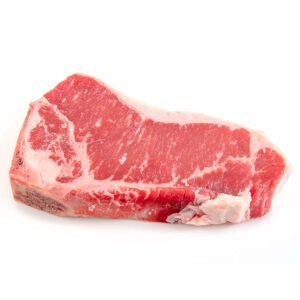
Loin
This is where we find the most tender cuts of beef. The loin muscles run along the top of the cow’s spine and aren’t used much, so they stay tender. The T-bone, sirloin, tenderloin (filet mignon), and New York strip all come from this area.
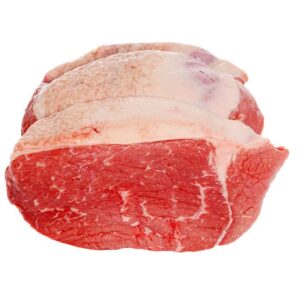
Round
Like the chuck, most of the cuts from this area are tough and more suited to low and slow smoking or indirect roasting.
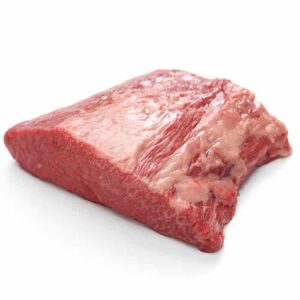
Brisket
The brisket produces large, tough, and fatty cuts of beef. These cuts are perfect for smoking, but avoid these cuts if you’re going for high heat searing.

Shank
Again, not much in the way of grilling from this area. Beef shank is traditionally braised with the bone and is sometimes used in ground beef mixtures.
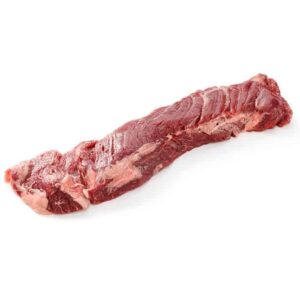
Short Plate
This area is where we find the hanger steak and skirt steak. The hanger steak has quickly risen in popularity in steakhouses as it’s a more affordable cut of meat. It has delicious marbling similar to a ribeye and the tenderness of a filet. Skirt steaks are best when marinated, quickly grilled, and sliced for dishes such as fajitas.
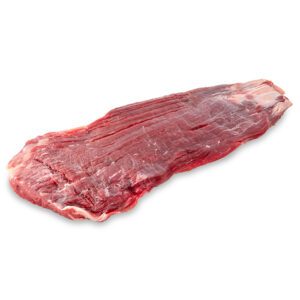
Flank
The flank steak and London broil come from this area and are more suited to marinating and cooking longer than fast steakhouse searing.
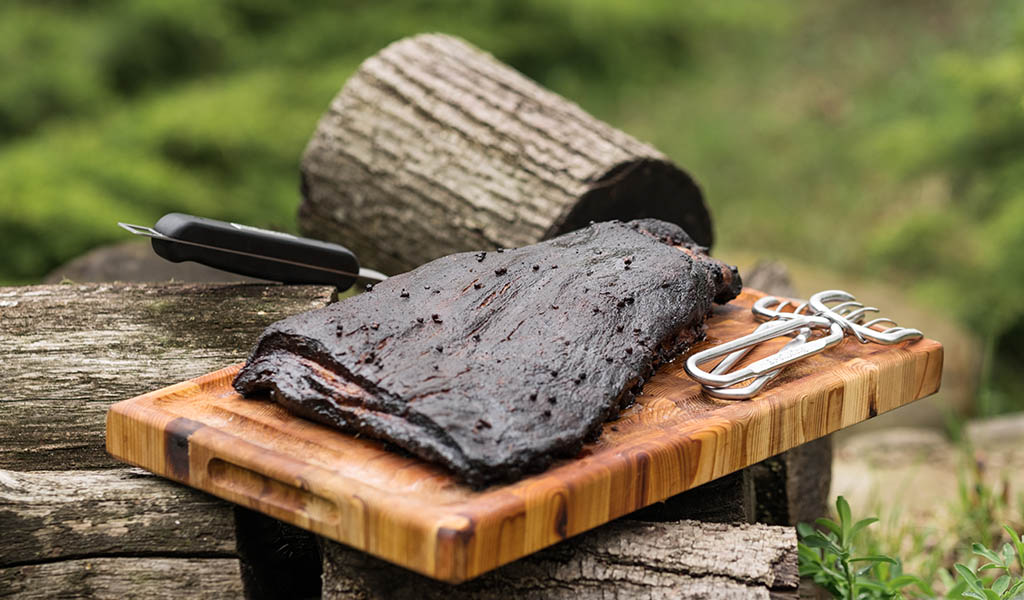
Pork
Like beef, pork comes in many different cuts and is highly versatile. Generally, a pig has four primal cuts, which are broken down into roughly 40 retail cuts. There are various roasts, ribs and delicious, delicious bacon.
The primal cuts are the shoulder, the leg, the loin, and the belly. The shoulder cut refers to the front portion of the pig and is sometimes divided into the upper shoulder (called the butt) and the front leg (called the picnic). The leg cut encompasses the rear leg and rump of the pig. This is the portion where we get ham, and it will sometimes be referred to as the ham. The loin is the top middle section of the pig, closer to the spine, and is incredibly lean and tender. Just as with beef, the best cuts of pork comes from the areas further from the head and hoof, where less muscle is used. And finally, the belly is the lower middle section of the pig, sometimes called the side, and is the fattiest part. This is, of course, where we get bacon.
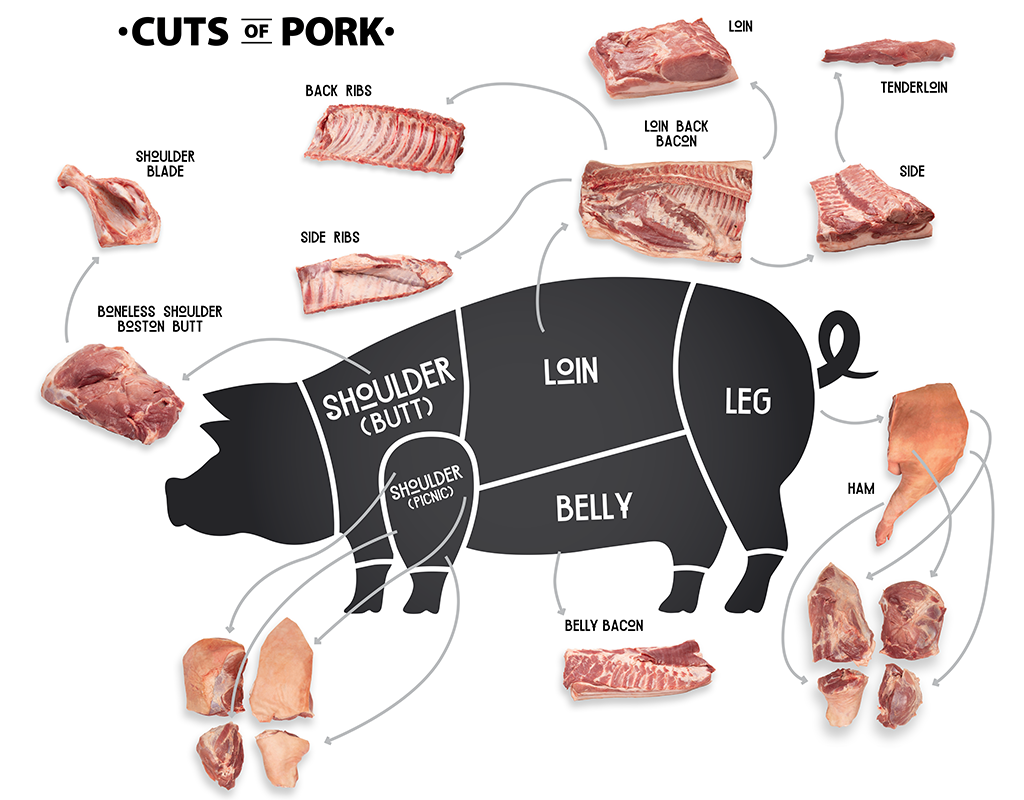
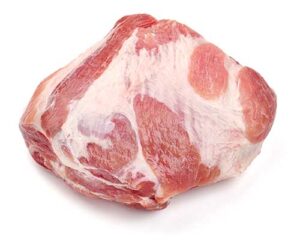
Pork Shoulder and Butt
The name is somewhat confusing, but pork butt and pork shoulder come from the primal cut. The butt, sometimes called the Boston shoulder, comes from a thicker portion of the shoulder with a lot of marbling and is most often used for making pulled pork. The pork shoulder (often called the picnic) is a lower triangular piece that attaches to the butt. They are naturally tougher sections of meat and thus need to be cooked low and slow to tenderize the meat so it can be pulled apart.

Loin Chops
There are several different sub-cuts of loin chops, and they are excellent for searing on the grill, like a beef steak. The most flavourful, and thus most expensive, are thicker cuts with the bone left in. These are referred to as pork loin chops, end chops, or centre loin chops and have an identifiable T-bone on one side. There are also pork rib chops, sirloin chops, and top loin chops (which are often boneless and called loin fillets).
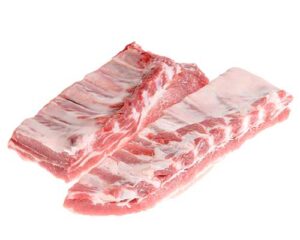
Ribs
A southern barbecue staple, pork ribs come in several different cuts. You have your spare ribs, which come from the side of the pig between the loin and the belly. They are tender but chewy due to their low-fat content, thus requiring low and slow cooking. Then there are the back ribs, or baby back ribs, which are meatier than the spare ribs, and are cut from higher up on the rib cage into the loin.
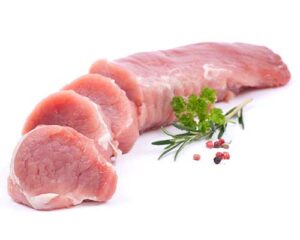
Tenderloin
This is one of the most tender and popular cuts of meat. They’re lean and boneless and, apart from the bone in loin chops, are typically one of the most expensive cuts of pork. Pork loin is quite juicy and goes great with many different flavour profiles. But it is also easy to overcook and dry out, so this cut is one that you will grill hot and fast.
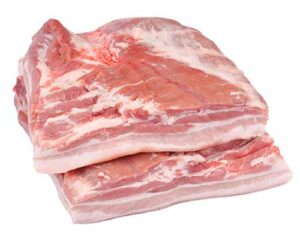
Pork Belly
This is the flesh that runs along the underside of the pig and is usually one long cut of meat with a very high-fat content. This cut is most known for being cured into bacon or pancetta but may also be seared or smoked.
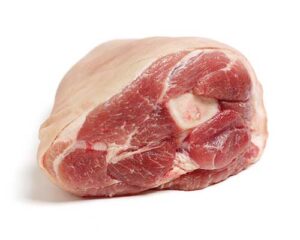
Leg
One of our holiday favourites, ham, comes from the top of the pork leg (into the pig’s rump). It can be cured and sliced into prosciutto or roasted on indirect heat and served in place of turkey during Thanksgiving and Christmas. The lower section of the leg is called the hock and is most often used for making soups and stocks, as it is left to simmer in a stock pot.
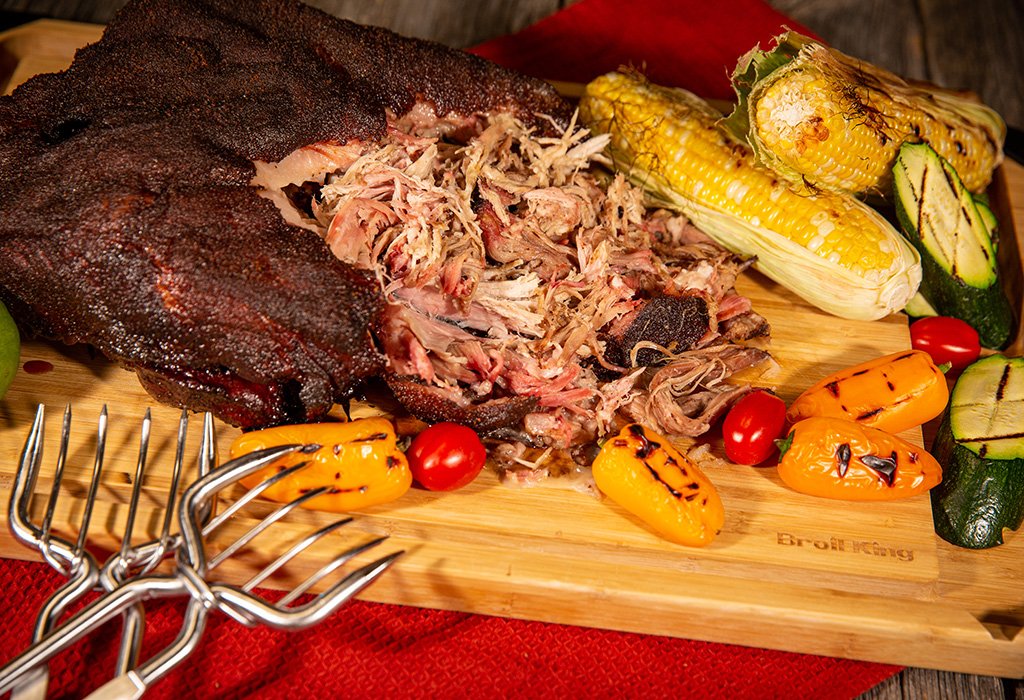
Chicken
There are far fewer cuts of chicken compared to beef and pork, which makes sense since it is a far smaller animal. Apart from cooking the whole bird, there are only four common parts of a chicken that are commonly included in recipes. You’ve got the breast, wing, drumstick, and thigh. Chicken is often roasted through indirect cooking on the grill so that the internal meat comes up to temp while the out skin gets that delicious golden crisp. You can do this directly on the grids or, if you’re lucky, on a rotisserie for perfect, even cooking.
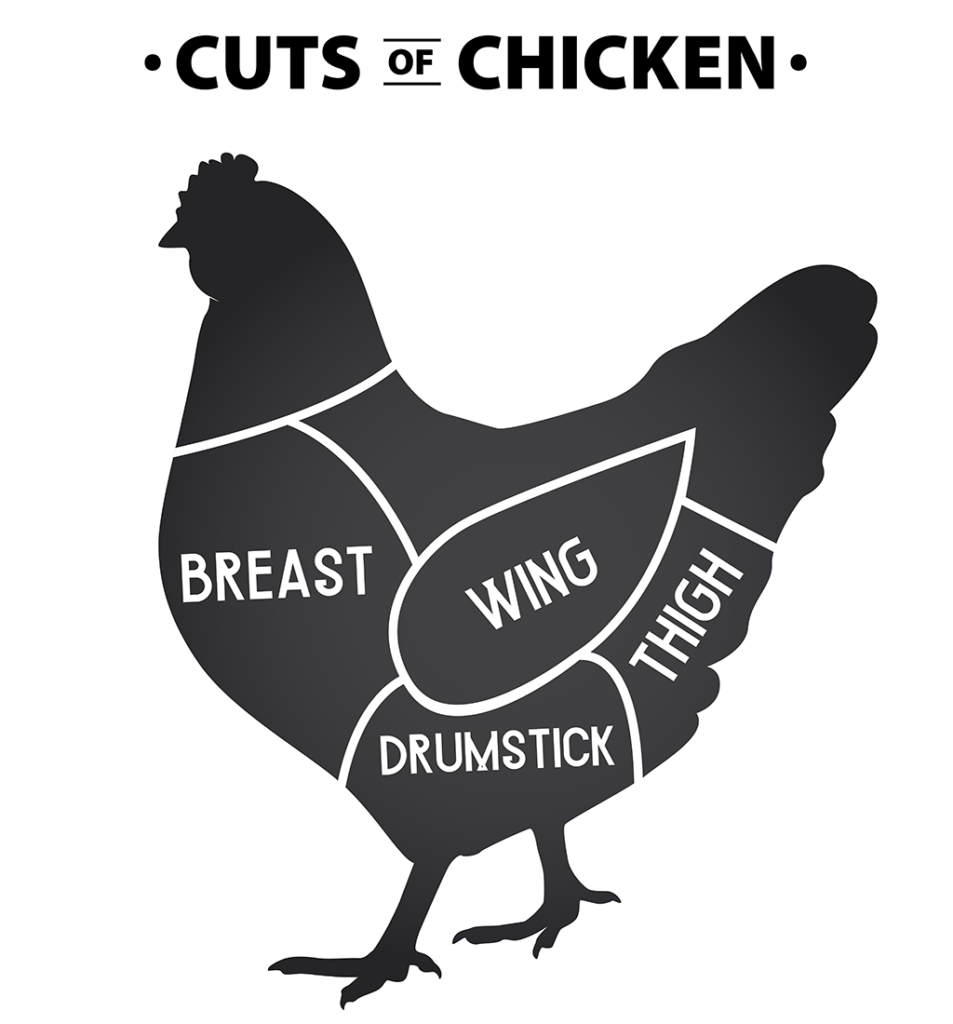

Whole Bird
Unlike with a cow or a pig, it’s possible to cook a whole chicken on any grill. A rotisserie motor is handy for this task so that your meat doesn’t get stuck on the grids, and you get heat applied to all sides of the bird. You can also flatten a chicken, which allows for faster cook times and even cooking.
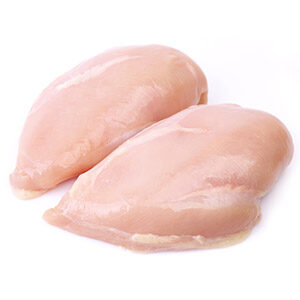
Breast
The breast and tenderloin cut is the most versatile and coveted part of a chicken, used in entrees, salads, bakes, burgers and more. It is a very lean white meat that can be sliced and seared for stir-fries or marinated and grilled whole. It can also be shredded and added to create pot pies, stews, and even tacos.

Thighs
Chicken thighs are typically sold as deboned fillets with their skin removed. They may also come with the bone and skin still intact. Thighs are fattier and darker than chicken breast meat and thus have a bit more flavour. They can be sliced and seared like a breast for stir-fries and casseroles or roasted and sauced like a wing or drumstick.

Wings and Drumsticks
These are the cheapest but still highly enjoyable cuts of meat. They generally do not contain a lot of meat and are cooked bone-in to amplify flavours. Wings and drumsticks are often roasted and slathered in rubs and sauces to be enjoyed by the pound.
